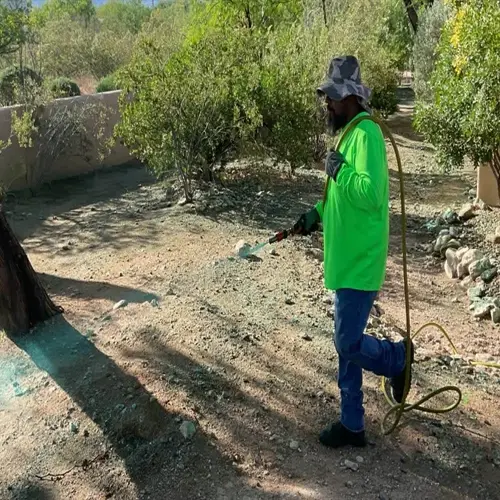Which natural predators control scale populations?

Written by
Benjamin Miller
Reviewed by
Prof. Martin Thorne, Ph.D.Natural adversaries enable effective organic control of scale insect populations, thereby reducing the need for chemical inputs. I've successfully controlled them using beneficial insects which specifically attack scale insects. To introduce these animals effectively, one must be familiar with their habits and the optimal conditions for their release. The provision of supportive habitat is necessary in their case to establish a permanent population.
Ladybugs
- Consume 40-50 scales daily during larval stage
- Release 500-1000 per 1000 sq ft garden area
- Provide water sources and pollen plants for retention
Parasitic Wasps
- Lay eggs inside scale bodies killing hosts
- Target specific scale species like armored types
- Install nectar plants to support adult populations
Lacewings
- Larvae devour soft scales and crawlers
- Release 1000 eggs per medium infestation
- Use banker plants to maintain continuous presence
Vedalia Beetles
- Specialize in cottony cushion scales
- Establish colonies with 50-100 beetles
- Protect from ants that disrupt feeding
Predatory Beetles
- Cryptolaemus beetles target mealybugs
- Apply during warm months above 60°F
- Avoid broad-spectrum pesticides
Releasing timing optimizes the effectiveness of the predators being used. I introduce ladybugs and lacewings into the landscape during the early spring, when fast crawler emergence occurs. I apply nematodes when the soil temperatures are above 55°F. I release the parasitic wasps first thing in the morning when the scales are exposed, which raises the chance of parasitic wasps attacking the predators.
Moisture supplies promote predator survivorship; plant nectar sources, such as dill or alyssum, are placed near aphid infestations. Water sources should supply moisture through pebble trays. Avoid pesticides for 6 weeks before releases. My garden promotes lacewing populations throughout the year with these techniques.
Use multiple predators for added layers of protection. Use ladybugs for mobile crawlers and parasitic wasps for armored adults. Then use nematodes for soil-dwelling species. This combination resulted in the control of citrus scale in my orchard without the need for chemicals.
Monitor effectiveness through regular inspection. Check for parasitized scales with exit holes. Count predator larvae near infestations. I document progress weekly, adjusting releases based on the visible reduction of pests.
Read the full article: Scale Insect Treatment Methods Explained

